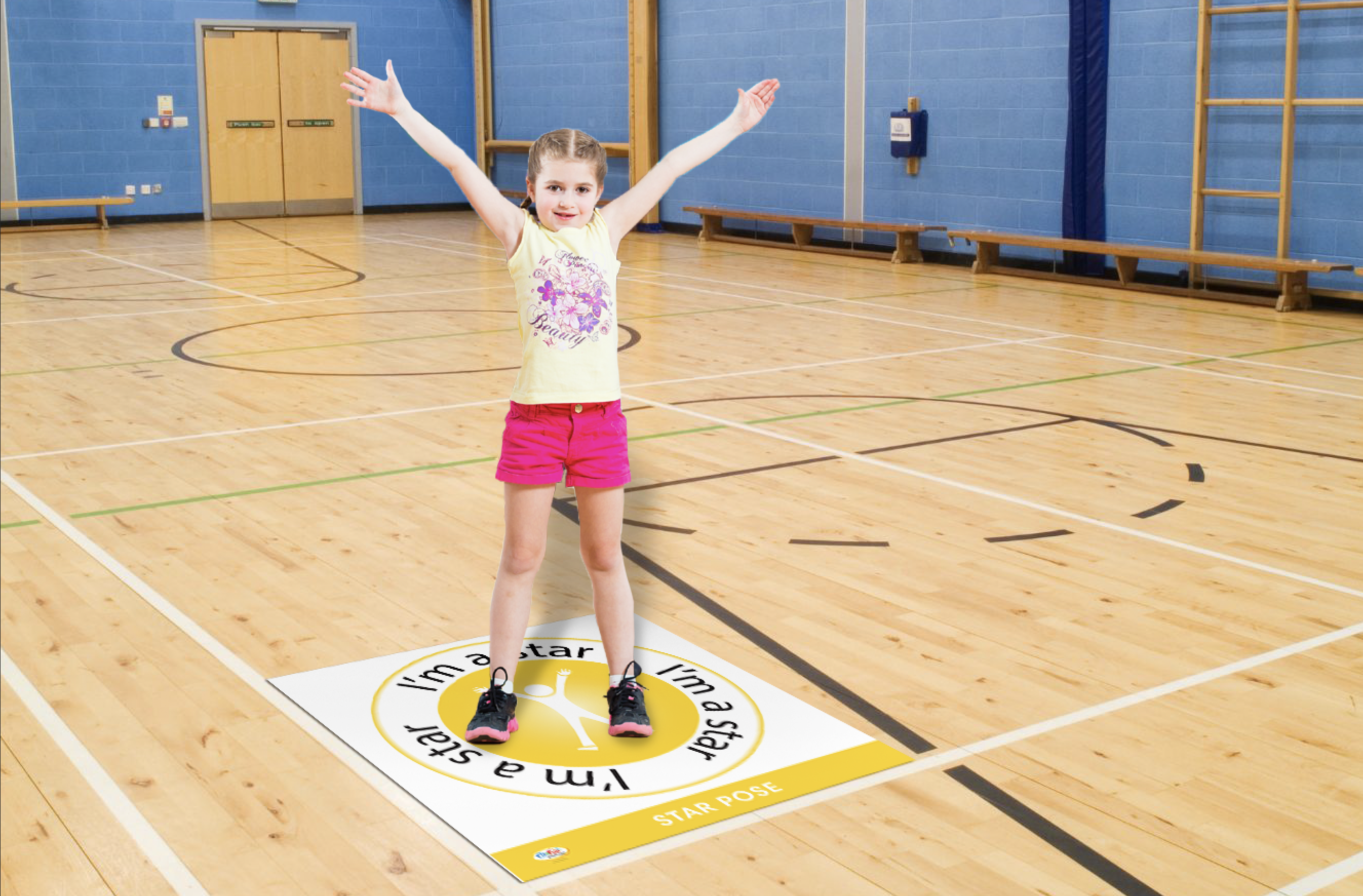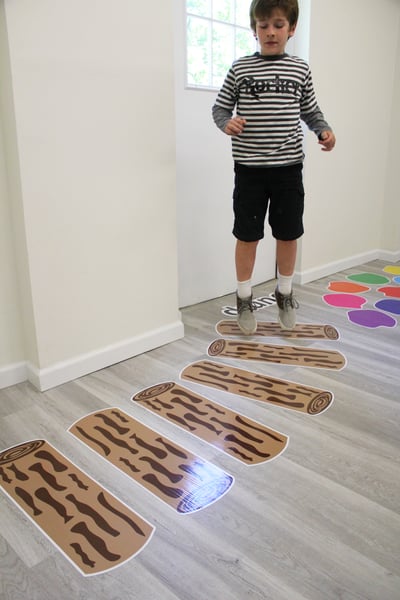15 strategies to address large classes in PE! – PART 2
– Written By Dr. Timothy Davis –
As the second part in our series on classroom management, I discuss some essential concerns
that often impact children during transitions in and out of the physical education setting. As
many of you know, managing large groups of children as they enter and exit the gym space can
quickly turn into a free for all and present a potential safety hazard.
With limited time between classes (average 5-8 min or less!), teachers often find it difficult to impossible to CONNECT with each child as they enter or exit the class.
At Fit and Fun, we believe that the opportunity to CONNECT visually (e.g. eye contact), through
spoken word (e.g. say hello to student using their name) or a physical gesture (e.g. physical touch through a high five) is essential to building a positive learning environment and modeling an inclusive culture.
The difficulty often is in the logistics of how PE classes are scheduled as well as the common practice of having multiple groups/classes at one time. Combine this with setting up equipment, organizing students into ability groups and simply giving quality AND differentiated instruction – makes it difficult. Effective classroom management therefore becomes an essential skill that teachers MUST develop. Experienced teachers often have a sense of “WITH-IT-NESS” – as they know their students and can readily see when something is affecting them. The following suggestions posted here, and additional information presented in the final (3 rd ) blog – WE HOPE – will excite you to engage some of these simple yet very effective strategies.
Entering/Exiting Physical Education:
Why be concerned about “entering/exiting” they gym? Well, it’s all about CONNECTING with
your students. YES – even when you have large classes! Beginning teachers frequently say
how can I connect with my students when there are so many? The window is short but that
moment to connect with a student – get a sense of how their day is going - can truly make a
difference. I once heard a very dejected student say, “I’ve been in his class (nodding his head
toward the teacher) for half the year, and he still doesn’t know my name”. This is not the case
for most but imagine if that student WAS in your class. Would you know how they felt – would you have a sense of their social emotional being? Can you say you connected with them before, during or after the lesson? Structuring your class so that these opportunities are
available is not difficult but requires forethought and discipline. Let me explain.For example, entering and exiting a physical education (PE) class may seem simple, but it's
essential to do so safely and respectfully. It also lends itself to behavior management – self
regulation and helping children perceive they have a choice. Here are a couple of simple
approaches and benefits for structuring the entrance and exit in PE. We will begin with entering and discuss the benefits.
Entering PE:
• Set An Expectation: Rather than students simply walking into the gym – ask them to perform a task. For example, as the student walks in – place a removable Roll-Out Activities® mat on the ground such as a yoga pose (I am a star) is a simple and yet very achievable expectation. It provides a choice for the student and provides you the opportunity to say “YES – You ARE A STAR Today!”Or ask your students to JUMP into PE that day by jumping over a Jump Logs® Super Stickers® or series placed at the entrance. I have used these strategies often with rollouts or stickers. Knowing their teacher is there to see their performance and greet them can really make or break your class.
Benefits: Students quickly learn that their teacher cares about them when they are greeted at the door (this requires discipline) whenever possible. Additionally, sharing words of affirmation (e.g. Good Job – “I like how you can jump” or “Your shoes were this HIGH (hand gesture) off the ground – WOW!” can really boost a child’s self-esteem.
Exiting PE:
• Set an Expectation: Many teachers use exit slips or group assessments as tools to check for learning. These are proven strategies, yet I often wonder if the teacher is CONNECTING with the students as they leave. Again, this is an opportunity to provide words of affirmation and check on how a student is feeling after the lesson. Some use the Zones of Regulation example or Hellison’s Personal Social Responsibility Model.
Again, simple but true – set an expectation for movement to EXIT your class. Watch
your students say out loud “I am Calm” and hold a tree pose or say “I am a Star” as they
hold a star pose as they exit. This provides the opportunity for you as the teacher to say
“YES – You are CALM today, Malcom” – “Have a great day!” or “YES – You were a
STAR today, Alley!”Quality teachers who monitor their students effectively know when kids struggle – they can pick them up as they exit and help that student work through the disappointment of failure or not meeting self-expectations.
Benefits: First, students want to hear what they did right and what they did wrong. Large classes make the task of differentiating for individual students difficult. Creating an exit path – DIFFERENT from where students ENTER – provides the opportunity to manage the large group while a well-positioned teacher can say goodbye – give words of affirmation – during that critical transition time. Remember that efficient use of time is discipline. When there is precious few minutes between classes – take advantage to CONNECT with students as they leave. Your class will benefit greatly!
In summary, even though we may have large classes, we can use the existing structures
such as entering and exiting PE to make a conscious connection with our students. It
requires discipline and clearly setting an expectation for your students. Creating two
entrances – one to enter and on to exit can also make for a more meaningful method to
truly say hello and send your students on their way to have a meaningful day!





Leave a comment